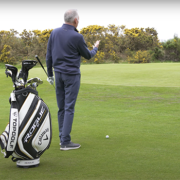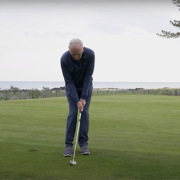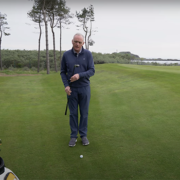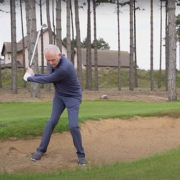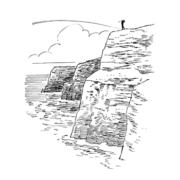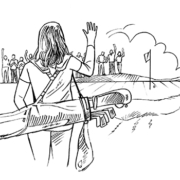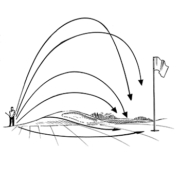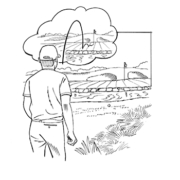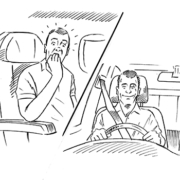With The Masters only a few short weeks away, thoughts are turning towards the season ahead for golfers around the world.
What does 2022 hold for you, both on and off the golf course? Do you have dreams and ambitions for what you would like to achieve? This may sound a little presumptuous but if you are like most golfers I have met in a lifetime in the game, I would imagine you do.
Some golfers, whether they be weekend club golfers, occasional casual golfers or a seasoned Tour Pro, like to write down what they would like to win before the season ends.
I am generally a big fan of journaling, transferring my thoughts into my notebook as those thoughts exit my mind, run down my arm, hand and my pen before appearing on the page in front of me. However, writing down goals alone, from my experience is not enough. There has to be a plan of action.
Thoughts, hopes and dreams but without a plan, in all likelihood, they will remain just that.
If winning the monthly medal, The Open Championship or even a fiver from your Sunday morning fourball opponents is what you desire, do you have a plan for how you are going to achieve your goal? I could bore you with a list of unoriginal cliches and inspirational quotes about failing to plan etc… but I’m sure you’ve heard them all before.
Are you going to continue to work on the same things in your backswing that you’ve been working on in the hope that “good” technique will protect you from bad golf, largely without success?
OR, are you prepared to take a leap of faith, not worry too much about your wrist angles and/or creating lag in your downswing and pay a bit more attention to the shots you are actually going to have to play on the golf course?
Are you perhaps going to make a commitment to improving your short game and putting? That is where I believe the vast majority of golfers, at every level, can make the biggest difference not only to your performance but also your enjoyment of the game.
We all want to shoot lower scores and get sucked into believing that the fastest, shortest route to low scores and happiness can be achieved by hitting 330-yard drives. That’s all well and good if you are an elite athlete who works out and trains every day but if you’re not, be careful you don’t injure yourself in the process.
I’m not saying that distance isn’t important, golf is a game of distance and direction but let’s not ignore the importance of a razor-sharp short game. While hitting record-breaking drives might be desirable, is it really achievable? I don’t know.
What I do know is that everyone who plays golf can definitely become a better golfer on and around the greens.
Regardless of your dreams and desires for the coming season, please do yourself a favour and incorporate an element of short game and putting skills training into your plan of action. Become acquainted with your scoring clubs and your putter. Learn how to use the tools of your trade and you never know, 2022 might just be your best year ever.
Good luck for the year ahead and please be grateful for every opportunity you have to play the greatest game of all.

